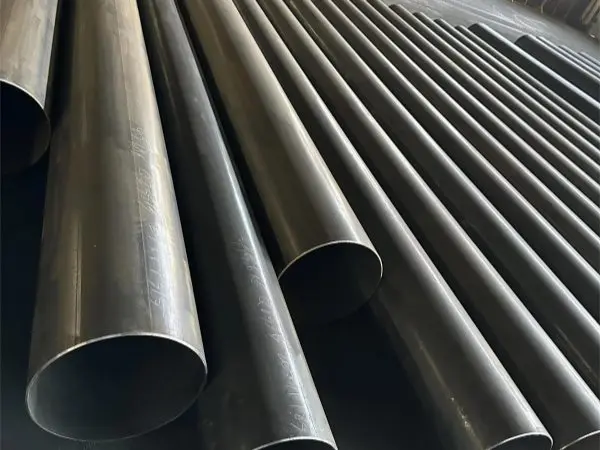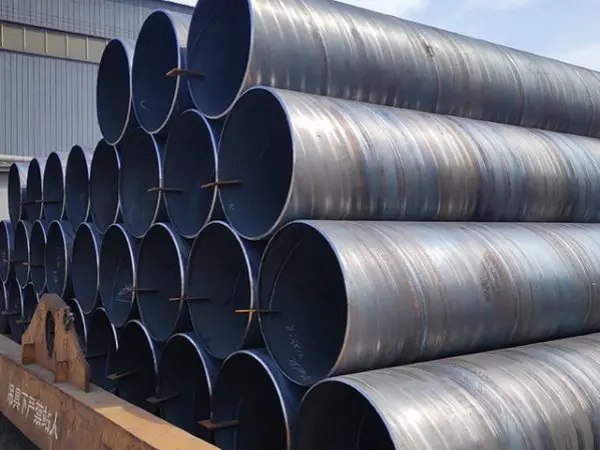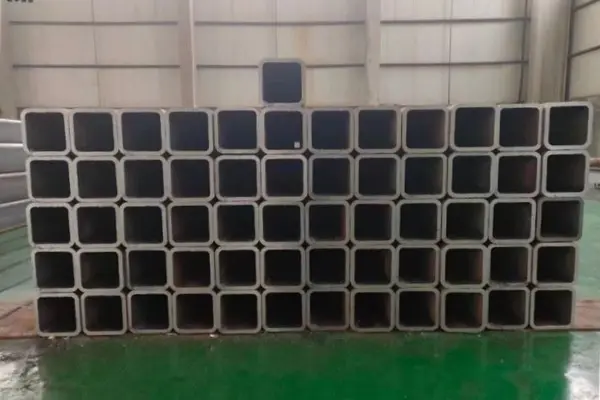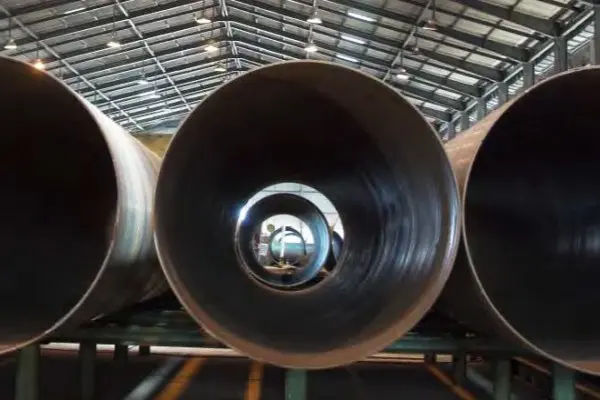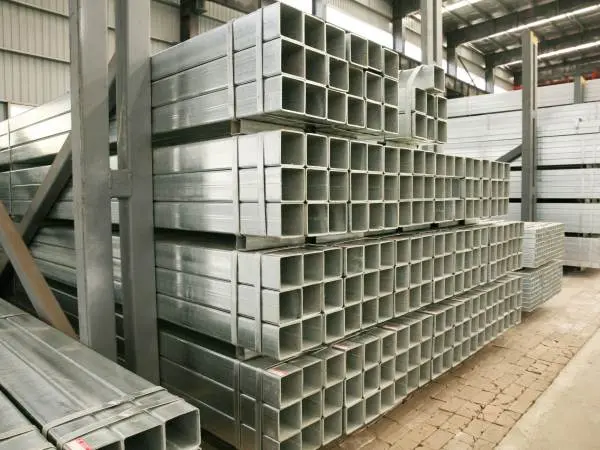- Phone0086 731 8564 8255
- E-mailsales@cscsteel-manufacturing.com
-

With the rapid development of the oil and gas industry, global pipeline construction has entered a phase of accelerated growth. As pipeline operating pressures increase, the requirements for the welding quality of steel pipes used in oil and gas transport have become more stringent. Among various performance parameters, impact toughness of the weld is a critical factor that directly affects pipeline safety and durability. This article outlines the key factors influencing the impact toughness of Electric Resistance Welded (ERW) pipe welds.
Continental Steel Co., Ltd is professional ERW pipes manufacturer, for more details, please contact:sales@cscsteel-manufacturing.com
1. Influence of Pipeline Steel Raw Materials on Weld Impact Toughness
1.1 Chemical Composition
Pipeline steel primarily consists of iron (Fe), carbon (C), and a range of alloying elements, with trace impurities such as sulfur (S) and phosphorus (P). Among these, carbon and sulfur have the most significant impact on impact toughness.
Carbon (C): Increased carbon content raises the amount of pearlite in the steel, which contains brittle lamellar cementite, thereby reducing toughness. Thus, low-carbon steels generally offer better impact resistance than high-carbon variants.
Sulfur (S): Often exists as FeS, which forms low-melting point compounds at grain boundaries. During hot working (1000–1200 °C), these compounds may melt, leading to grain boundary cracking.
Phosphorus (P): Dissolves in ferrite and raises strength and hardness while reducing ductility and toughness. Some forms combine into extremely brittle compounds, further degrading room temperature toughness.
Silicon (Si): Strengthens ferrite, but at the cost of reducing toughness and ductility.
Manganese (Mn): When present in the range of 1.0–1.5%, Mn improves impact toughness by reducing brittleness.
1.2 Inclusions
Inclusions, particularly oxides, significantly reduce the impact toughness of steel. If the weld metal has a lower melting point than these inclusions, they cannot be expelled effectively during welding and become trapped in the weld zone, weakening the joint.
2. Influence of the Welding Process on Weld Impact Toughness
The welding process directly influences the weld’s structural integrity by adjusting variables such as heat input, welding pressure, speed, bevel angle, tube edge shape, and positioning of electrodes or inductors. Key aspects include:
2.1 Fusion Line
The fusion line forms where the tube edges are heated to temperatures ≥1400 °C, resulting in surface carbon burn-off or extrusion of C-rich liquid. This line appears bright under etching with 5% picric acid and serves as a key indicator of welding quality, being sensitive to heat input, welding pressure, and speed.
2.2 "Waist Drum" Heat-Affected Zone
This refers to the visibly widened zone around the weld where the base metal is thermally affected. Its width reflects welding energy:
Higher welding energy or slower speeds widen the zone.
Insufficient extrusion pressure also leads to a wider heat-affected area due to incomplete expulsion of molten metal.
Optimal parameters result in a well-balanced, narrow heat-affected zone.
2.3 Metal Streamline Shape
Metal streamlines are crystal structures formed during solidification under pressure. They provide visual evidence of extrusion pressure, heat input, and welding speed, and are crucial for evaluating weld integrity.
2.4 Center Distance Misalignment
The center distance is the deviation between the metal streamline center and the wall thickness center:
If extrusion pressure is inconsistent or plate edges are misaligned, the streamline shifts, increasing the center distance.
A large center distance causes misalignment, reduces the expulsion of oxides, and lowers welding quality.
Ideally, the streamline should align with the extrusion roller center for optimal weld strength and uniformity.
3. Influence of Heat Treatment on Weld Impact Toughness
Among heat treatment parameters, heating temperature has a more significant impact on toughness than heating time.
Overheating can degrade impact toughness.
The optimal heating range is typically 650–950 °C for 12–37 seconds.
Heating rates should balance structure homogenization with the risk of grain growth, which can reduce weld toughness.
Conclusion
High-purity raw materials are essential for achieving superior weld impact toughness in ERW pipes.
A well-optimized welding process—including appropriate heat input, pressure, and alignment—is critical to weld quality.
Proper heat treatment enhances the structural uniformity and toughness of the weld, preventing brittle failure under service conditions.
